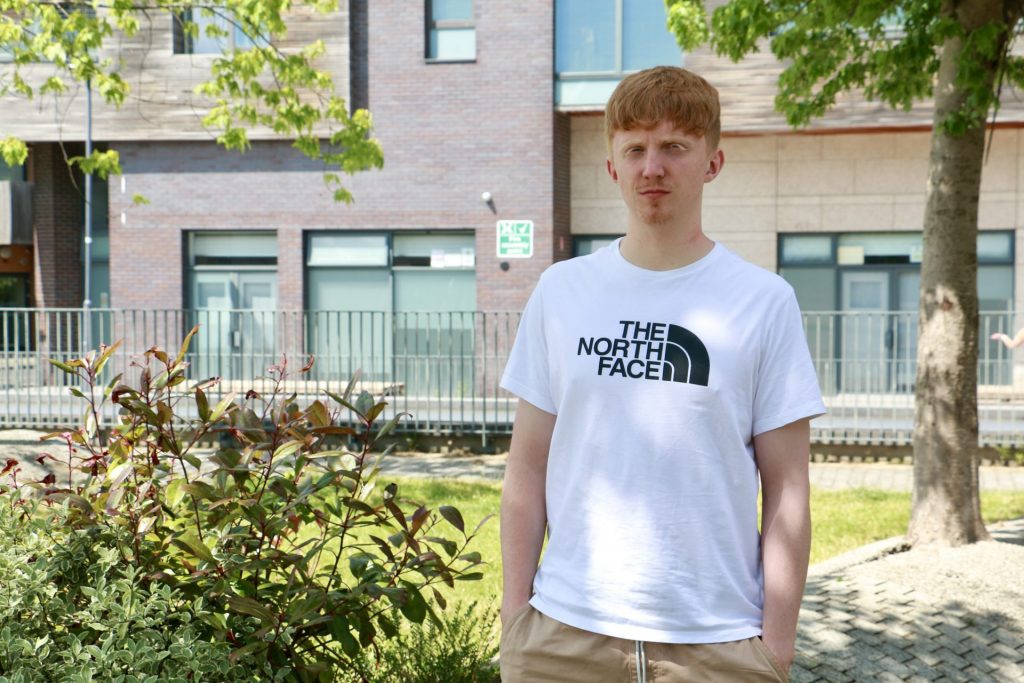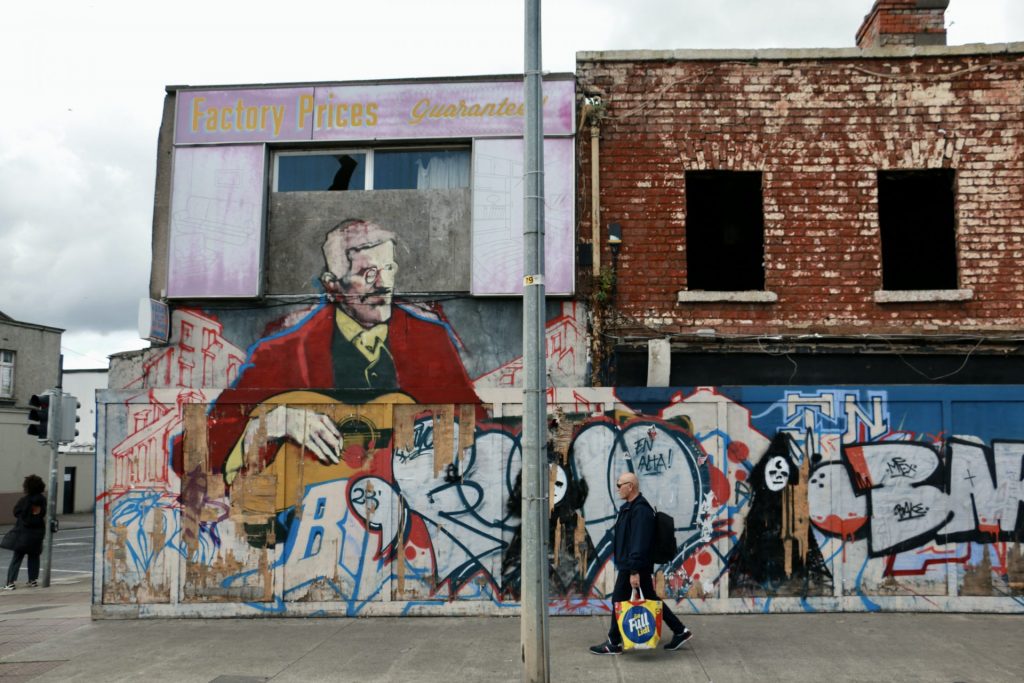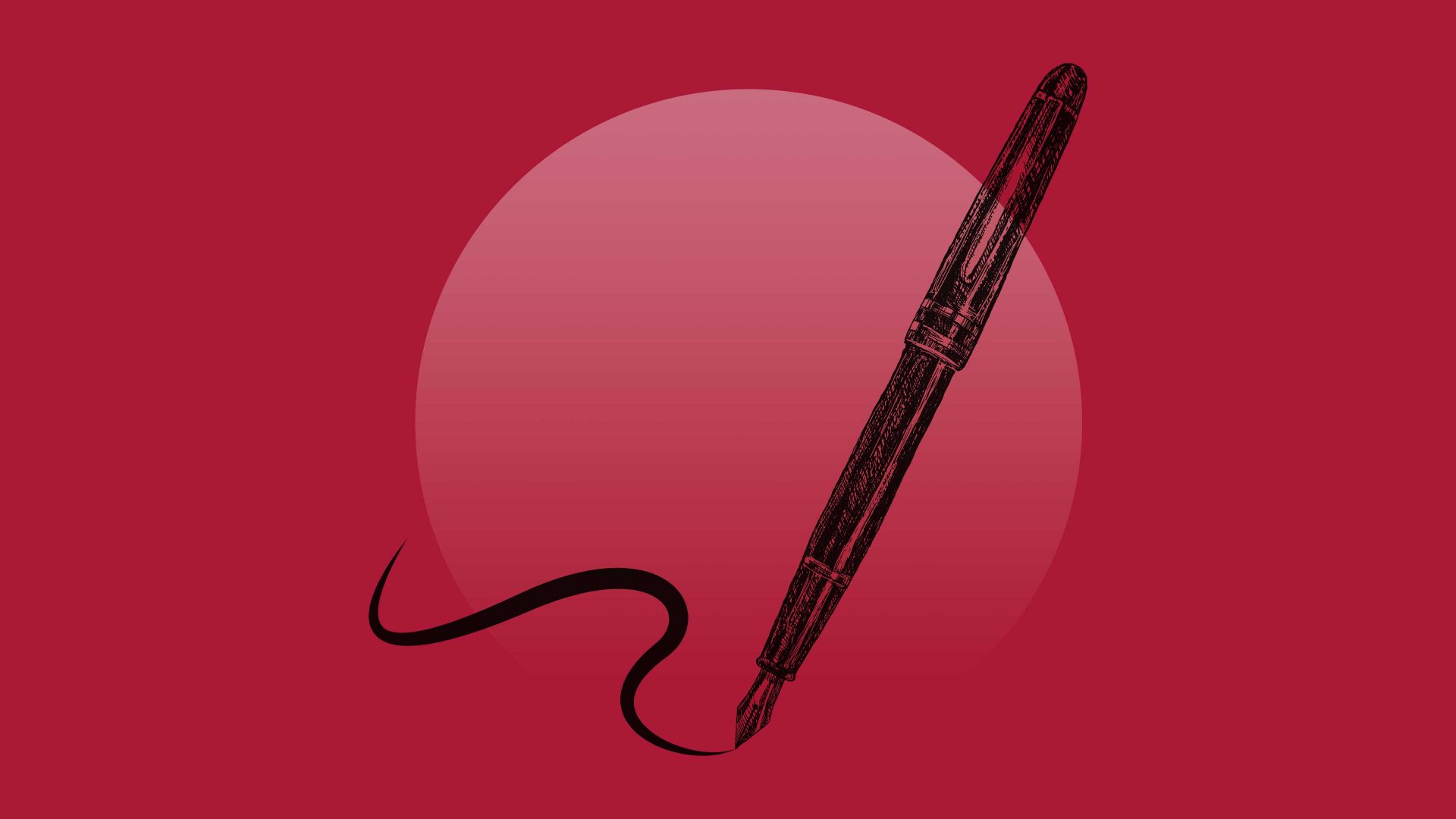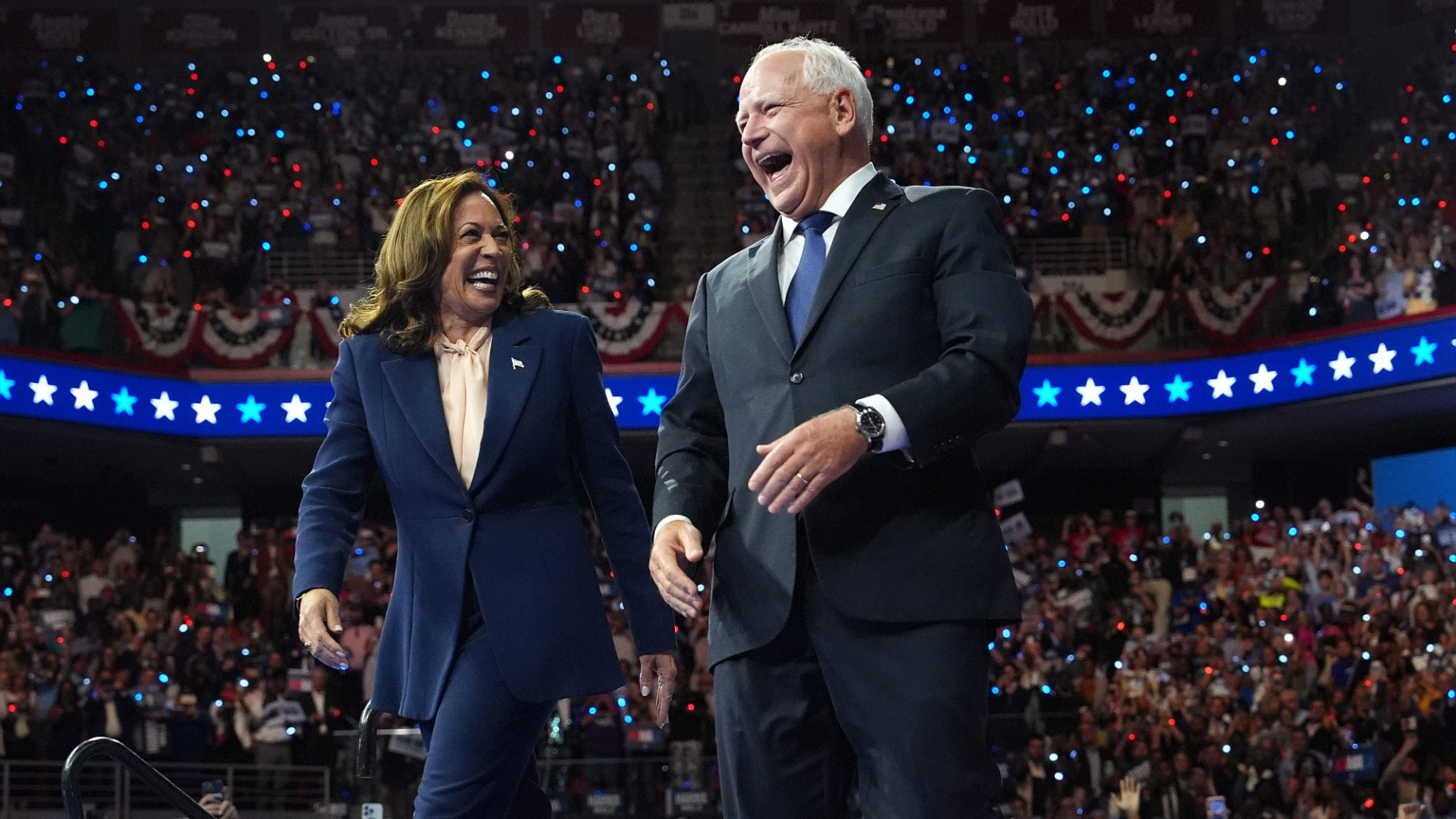On a misty summer afternoon, a crowd is gathered in a Dublin park to protest against immigration. It is made up of all ages, men and women, and families with young children in tow. As the mist turns to rain, a woman steps up to the microphone and welcomes the “sons, daughters and children of Éire”.
The sight of young people at far-right protests in Ireland is common. Children and teenagers have frequently taken part in protests outside immigration centres or joined nationalist gatherings across the country.
“Younger children – kids and teens – are being brought along by family members to protests,” says artist Aaron Sunderland Carey, from Ballymun, a disadvantaged area in northwest Dublin. “They might not be there because of the ideology but they’re being indoctrinated into it. It’s really sad to see.”

Far-right-led riots across England and Wales this month have in many ways resembled the infamous November 2023 riots in Dublin. These were triggered after an attack by a naturalised Irish citizen that wounded three schoolchildren and their carer.
The participation of the country’s youth was noted at the time. The Hope and Courage Collective (HCC), a national civil society organisation, found that the core of far-right activists who initiated the riots were later joined by many younger people. While some only came to watch the spectacle, others appeared to take part in the violence.
For young people from disadvantaged backgrounds who were disproportionately impacted by the pandemic and then a housing crisis, the far right appears to offer solutions. Young people from disadvantaged backgrounds were disproportionately impacted by the pandemic and then an ongoing housing crisis. From late 2020 to mid-2022, there was an increase of 70% in homelessness among 18 to 24-year-olds.
The housing crisis began long before the rise of immigration to Ireland – and yet the far right has tried to put the blame on migrants and asylum seekers. The accusation is that, when it comes to housing, the government has prioritised new arrivals over Irish citizens.
Sunderland Carey, 23, grew up in Ballymun and now works on socially engaged art projects with children and young people. He understands how poverty and neglect have fuelled the anger. “The community is struggling with a lack of employment and people feel betrayed by the state,” he says. “People are poor. People are desperate. There’s addiction issues. And then there’s drug gangs that capitalise off that.”
He believes that, while many people at protests have racist or “anti-woke” beliefs, some young men feel they’re taking a stand against what they see as government neglect. A report by the Irish Youth Foundation in 2021 found 60% of young people felt angry about Covid’s impact on their education and that “the system had let them down”.
“They have a lot of questions, but they don’t have a whole lot of answers,” said Carey. “They feel angry, enraged.”
Driven online during the pandemic, young people have been subjected to a stream of misinformation on social media platforms like TikTok, X, and messaging groups such as Telegram or WhatsApp.
“The far right were quite adept at positioning themselves and their ideology as the go-to solutions for young people,” says Ciarán O’Connor, a researcher at the Institute for Strategic Dialogue (ISD). “They were able to use that sort of populist rhetoric to frame [the housing crisis] as us versus them, good versus evil.”
Most youth services working in disadvantaged areas across Dublin declined to be interviewed for this article, citing fears of far-right actors. However, one worker at an inner-city project said children as young as eight years old were being “groomed” by the far right, being brought to protests and taught ethno-nationalist beliefs at home. During the recent riots in Belfast, an 11-year-old boy was charged with a number of offences relating to the disorder, including throwing petrol bombs.

According to O’Connor, recent content on platforms such as TikTok has been “part of a years-long effort by far-right or radical right online communities to present their ideologies as something edgy and appealing to young people.”
Yan Mac Oireachtaigh, 22, joined Óige Náisiúnach, the youth division of the far-right National Party (NP), in 2019. Motivated by social media, he said he was angered by the referendum the previous year that gave Ireland’s women the right to abortion. In May 2022, he was named head of Óige Náisiúnach and this year stood in the local elections. He did not win a council seat but will stand as an NP candidate for the upcoming general election.
Launched in 2016, his party is ethno-nationalist, and calls for a “policy of remigration in order to secure Ireland as the homeland of the Irish people”. NP remains, like other Irish nationalist parties, on the sidelines; in the local elections, the party received just 0.3% of national votes. For the first time, however, it gained an elected official, as Patrick Quinlan won a seat on Fingal County Council.
NP attracts younger followers than other nationalist parties, and is the only one with a youth division. Mac Oireachtaigh describes it as “a community of like-minded young lads” who canvas for the party, go on hikes and meet with other far-right groups across Europe. In images reminiscent of US far right groups like the Proud Boys, pictures on Telegram show young men in their teens to early twenties posing bare-chested in the Dublin mountains.
“These kinds of male fraternity groups are a very common go-to strategy of the far right,” explains O’Connor at the Institute for Strategic Dialogue. “They put a very approachable front on what are, at their core, white nationalist groups with activities used to promote ideologies and, ultimately, reach recruits and radicalise other people.”
Asked about accusations of racism, Mac Oireachtaigh said: “If defending your own people, your own nation, your own heritage is racist, then so be it.” He claims that the NP is not “white nationalist”, but opposes all immigration and seeks to protect the “Irish people” from a “flood of other distinct peoples.”
With so many young people – and future voters – feeding off what they see online, it’s crucial that social media companies moderate content. Achieving that is very tough.
“Hateful content is spreading,” says O’Connor. His analysis of 1,773 X accounts associated with disinformation and hate speech showed that over half appeared in just the three years to 2023.
If Ireland appears to have bucked the European far right trend – for now, at least – the next general election, due by March 2025, will make clear whether that remains true. Cultivating young supporters is a long-term strategy.
“There is a widespread use of platforms to promote hatred, division and polarisation and ultimately, I think, to undermine democracy,” says O’Connor. “I don’t know where this is going, but I don’t think we’re at the end of it.”



